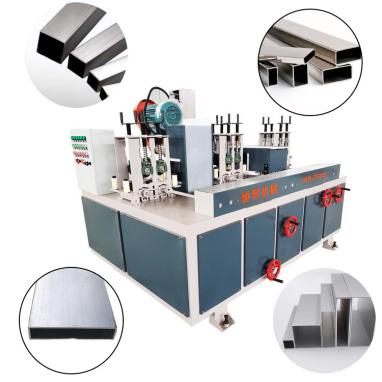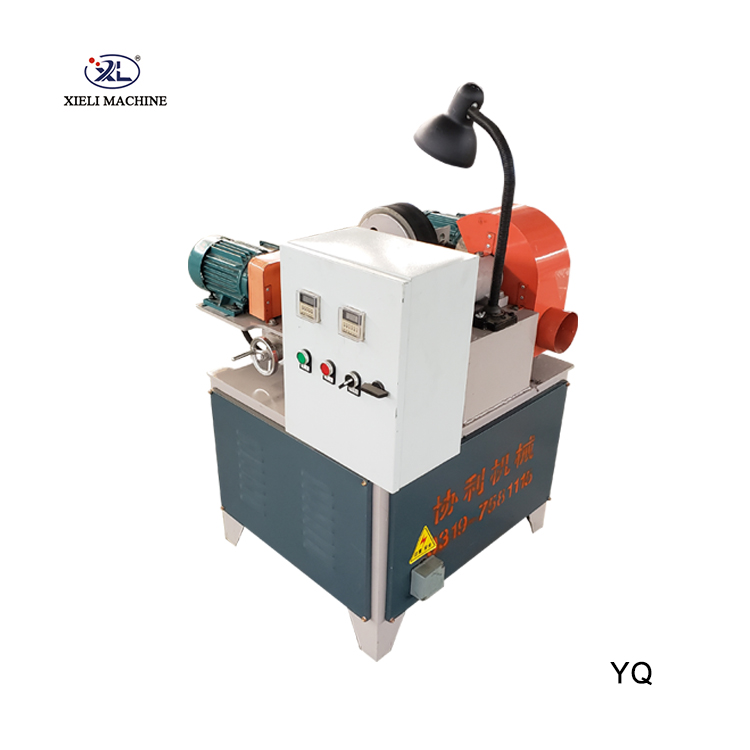DIY Centerless Grinder Service A Comprehensive Guide
Centerless grinding is a highly effective machining method used to shape and finish a wide range of materials, particularly metals. The technique is renowned for its ability to grind parts with high precision and efficiency, making it popular in various industries, including automotive, aerospace, and manufacturing. However, like any machinery, centerless grinders require proper maintenance and occasional servicing to maintain their performance. This guide will walk you through the essential steps for DIY centerless grinder service.
1. Understanding Your Centerless Grinder
Before diving into service, it’s vital to understand how your centerless grinder works. Unlike traditional grinding machines, centerless grinders operate without a fixed center, allowing for continuous feeding of workpieces. The setup generally includes three main components the grinding wheel, regulating wheel, and work rest. Familiarize yourself with these parts and how they interact during the grinding process.
2. Routine Maintenance
Regular maintenance is crucial to ensure the longevity and performance of your grinder. Here are key maintenance tasks to perform
- Cleaning Dust and debris can accumulate in and around the grinding wheels. Regularly clean these areas to prevent contamination. Use a soft brush or compressed air to remove particles without damaging components. - Inspection Periodically check the alignment and conditions of the grinding and regulating wheels. Look for wear and tear, cracks, or excessive glazing on the wheels, which can impair grinding performance.
- Lubrication Ensure that the machine’s moving parts are properly lubricated, according to the manufacturer's recommendations. This helps reduce wear and operating noise, contributing to a smoother grinding operation.
3. Troubleshooting Common Issues
diy centerless grinder service

Even with regular maintenance, you may encounter issues. Here are a few common problems and their potential solutions
- Worn Grinding Wheels If you notice that your workpieces are not coming out with the desired finish, inspect the grinding wheels for wear. Replace them if necessary to restore grinding efficiency.
- Alignment Issues Misalignment can lead to uneven grinding. Use a dial indicator to check the alignment of the grinding and regulating wheels. Adjust as needed to ensure proper alignment.
- Overloading Avoid overloading the machine with too much material at once, as this can cause excessive wear or even damage. Follow the manufacturer's guidelines for optimal load amounts.
4. When to Seek Professional Help
While many service tasks can be performed DIY, some issues may require professional intervention. If you’re dealing with complex mechanical failures, electrical problems, or if you're uncertain about any maintenance processes, it’s wise to consult with a technician or the manufacturer.
Conclusion
DIY servicing of your centerless grinder can not only save you time and money but also extend the life of your equipment and improve production outcomes. By understanding the machine, conducting regular maintenance, troubleshooting common issues, and knowing when to seek professional help, you’ll ensure your centerless grinder operates at peak efficiency. Embrace the process, and enjoy the benefits of a well-maintained grinding machine!





